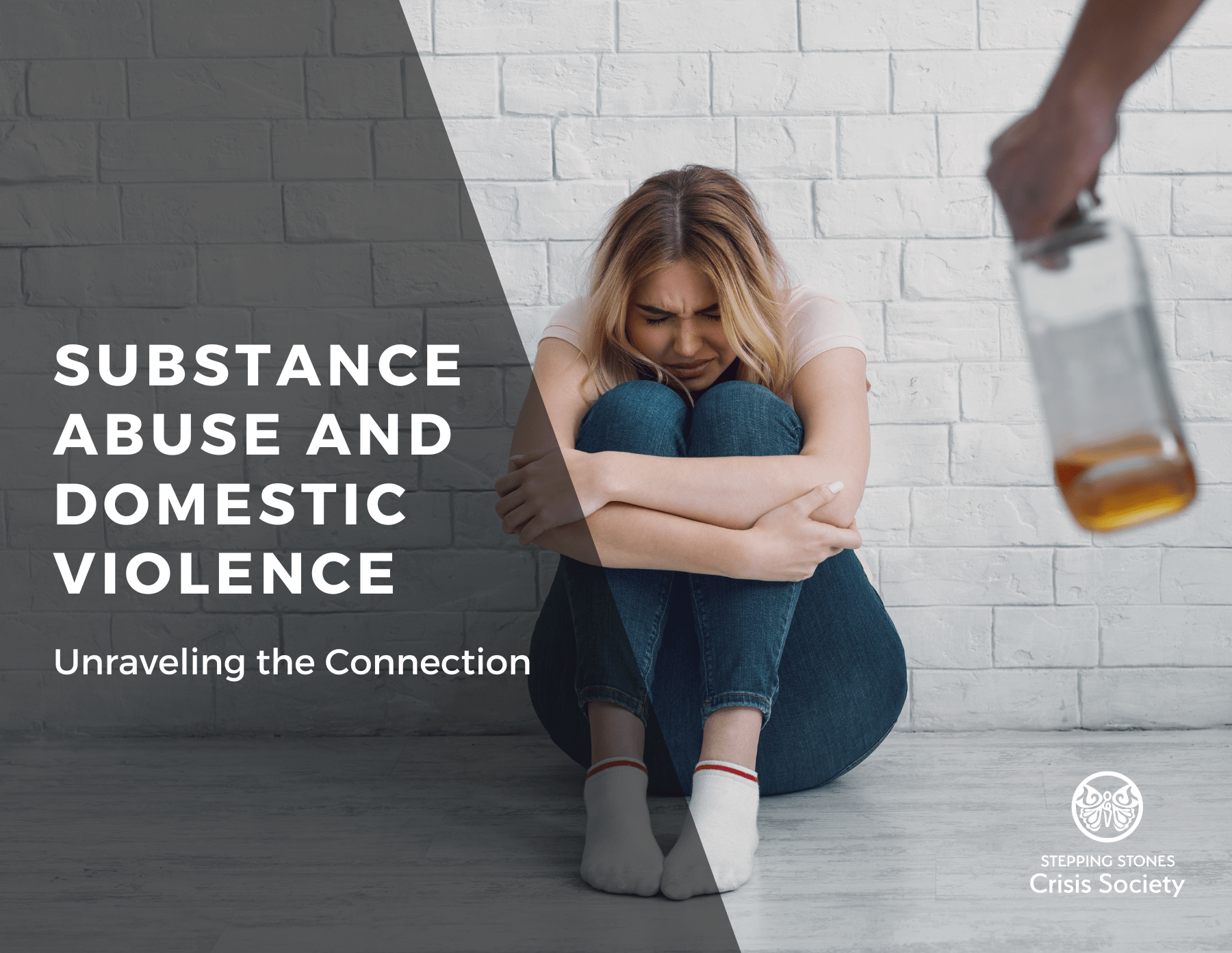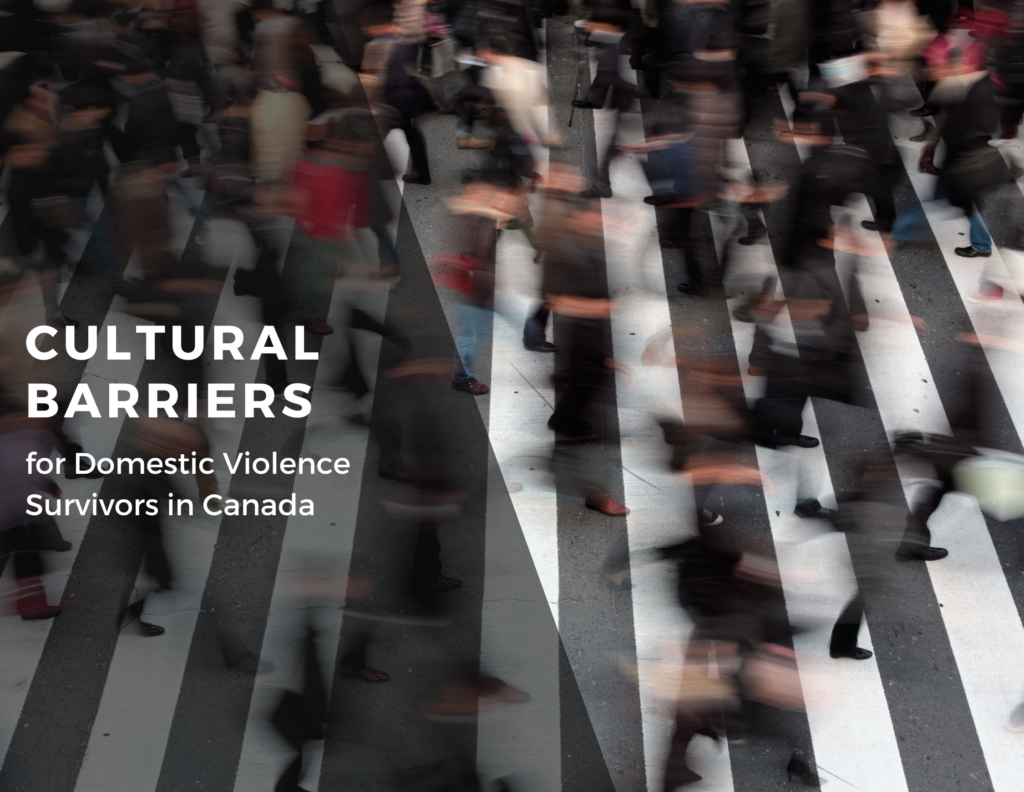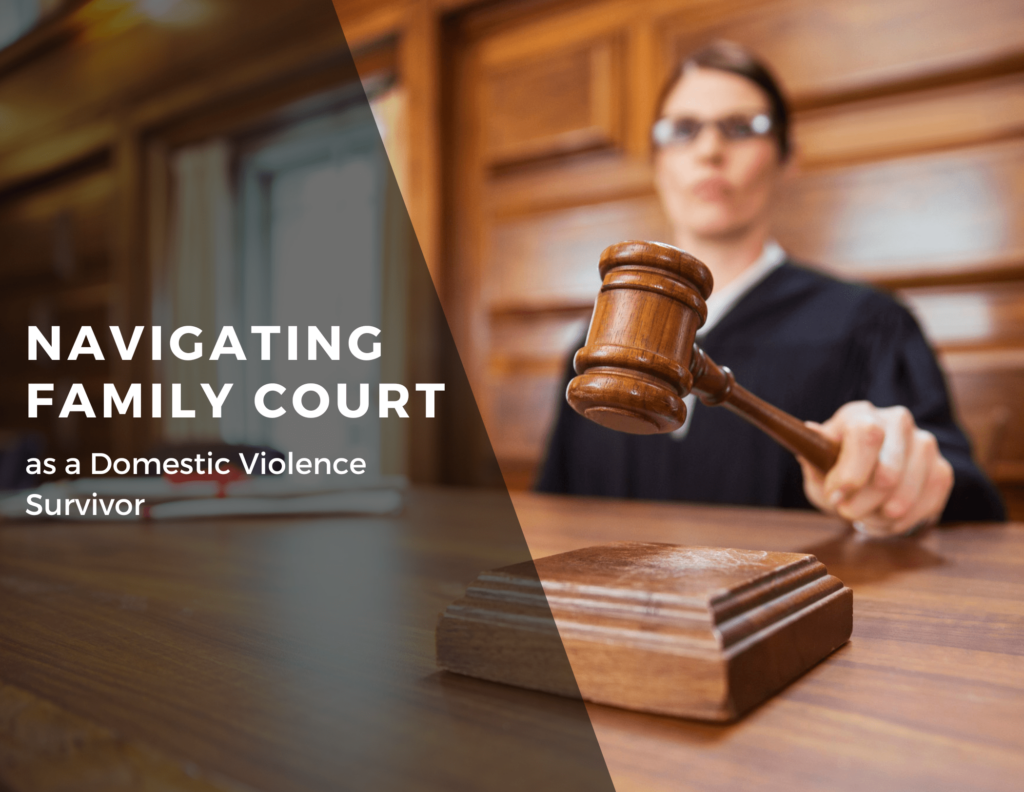Substance Abuse and Domestic Violence: Unraveling the Connection

Unraveling the Connection Between Substance Abuse and Domestic Violence
Substance abuse and domestic violence are two deeply connected problems that often feed off each other. This connection further develops the cycle of abuse within families.
Substance abuse and domestic violence go deeper than you might think. Not only is the abuser involved in substance abuse, but also the victim and even the children.
There are plenty of connections and surprising facts between these two factors, which is why this article aims to delve into the relationship between substance abuse and domestic violence, shedding light on how these behaviours impact both the abuser and the victim, as well as the innocent bystanders caught in the crossfire.
1. How Substance Abuse and Domestic Violence Affect the Abuser
Contrary to what some abusers might claim, alcohol or substance abuse does not cause violence, but it does exacerbate it. The violent or abusive behaviours are already inside that person, but when intoxicated, they can get much worse.
Substance abuse can lead to aggression and poor judgment. Alcohol and drugs alter brain chemistry, inhibiting impulse control and rational decision-making, which can escalate conflicts into acts of violence.
Moreover, substance abuse may serve as a coping mechanism for underlying issues such as trauma or mental health disorders, further fueling abusive behaviors. As a result, abusers may spiral into a cycle of substance abuse and violence, causing harm not only to their victims but also to themselves.
Alcohol use and domestic violence
Alcohol consumption is more closely associated with violent behaviour than any other substance. Severe alcohol intoxication, by the perpetrator, victim, or both, plays a part in nearly half of all violent crimes and sexual assaults.
However, it’s crucial to note that intoxication alone does not cause violence, but it may increase the likelihood of violent behaviour in some individuals.
50% of batterers are believed to have had addiction problems.
Several theories attempt to explain the relationship between alcohol use and violence:
The disinhibition hypothesis
Suggests that alcohol encourages people to engage in behaviours they would typically suppress, like aggression. This is because alcohol disrupts normal brain function and weakens the areas that control impulses and urges.
Alcohol myopia theory
Proposes that an intoxicated individual’s focus narrows, leading to misperception of situations. For example, a minor altercation may be perceived as a significant threat.
Cognitive function impairment
Alcohol makes it difficult to problem-solve, control anger, and make good decisions, all of which influence how an individual responds to a situation. Research also indicates that individuals who ignore future consequences and focus on the here and now are more aggressive when intoxicated.
Whatever the reasons, the presence of alcohol and other substances in the household makes abuse a more alarming problem.

2. How Substance Abuse and Domestic Violence Affect the Victim
Victims of domestic violence who are exposed to substance abuse within their households face increased risks and complications. Substance abuse can escalate the severity and frequency of abuse, as intoxication diminishes inhibitions and amplifies aggression in perpetrators.
Research shows that victims who abuse alcohol and other drugs are more likely to become victims of domestic violence.
At the same time, victims are more likely to receive prescriptions for other drugs such as tranquillizers, painkillers, and sedatives, and are more likely to abuse alcohol. So it becomes a vicious cycle.
When victims abuse substances, they are more likely to be unable to protect their children from a violent partner.
Victims may feel trapped in abusive relationships due to financial dependence, fear of retaliation, or emotional manipulation fueled by the abuser’s substance use.
The trauma inflicted by both physical and psychological abuse can have profound and lasting effects on victims, leading to issues such as PTSD, depression, and substance abuse by themselves as a coping mechanism.
A study conducted by the United States’ Department of Justice of murder in families found that more than half of defendants accused of murdering their spouses — as well as almost half of the victims — had been drinking alcohol at the time of the incident

3. How Substance Abuse and Domestic Violence Affect the Children
Children exposed to domestic violence and substance abuse within their homes suffer profound consequences that can ripple into adulthood.
Witnessing violence between caregivers can lead to emotional distress, behavioural problems, and developmental delays.
Growing up in an environment marked by substance abuse and violence can normalize these behaviours, perpetuating cycles of abuse across generations. Children may internalize feelings of guilt or responsibility for the abuse, further worsening their trauma and impeding their ability to form healthy relationships in the future.
- Childhood physical abuse is associated with later substance abuse by youth.
- About 40 percent of children from violent homes believe that their parents had a drinking problem and that they were more abusive when drinking.
- Teachers have reported a need for protective services three times more often for children who are being raised by someone with an addiction than for other children.

4. Find Help
The link between substance abuse and domestic violence highlights the urgent need for comprehensive intervention and support systems.
Addressing substance abuse and domestic violence is crucial for breaking the cycle of harm and promoting the safety of families.
Prevention efforts should focus on early intervention, access to substance abuse treatment, and holistic support services for both victims and perpetrators. By addressing the root causes of violence and addiction, we can create safer environments for all individuals affected by these interconnected issues.
If you or someone you know is experiencing domestic violence or struggling with substance abuse, there are resources available to provide support and assistance. Reach out to local hotlines, shelters, or counselling services for immediate help and guidance. Remember, you are not alone, and some people care about your safety and well-being.
At Stepping Stones Crisis Society, you can always find help if you are considering leaving an abusive household in Northern Alberta, particularly in the Cold Lake and Bonnyville areas. You can reach our helpline at 780-594-3353 or contact us at ou******@*******************ty.ca. We offer an emergency residential shelter for women, with or without their children, and their family pets (dog or cat). If you find yourself outside of this area, you can visit the Alberta Council of Women’s Shelters for more information on your local shelter.
If you find this article useful or want to support our cause, please donate here. Every dollar counts and our clients will greatly appreciate it.
In conclusion, the relationship between substance abuse and domestic violence is complex and multifaceted, with far-reaching consequences for individuals, families, and communities. By understanding the intersecting factors at play and taking proactive steps to address them, we can work towards creating a future free from violence and addiction.

Share this:
Related Articles
Cultural Barriers for Domestic Violence Survivors
Understanding Cultural Barriers for Domestic Violence Survivors in Canada Cultural barriers for domestic violence survivors are a serious issue affecting many individuals in Canada. While…
Navigating Family Court as a Domestic Violence Survivor
Navigating Family Court as a Domestic Violence Survivor in Alberta Navigating the family court as a survivor of domestic violence can be daunting. In Alberta,…


